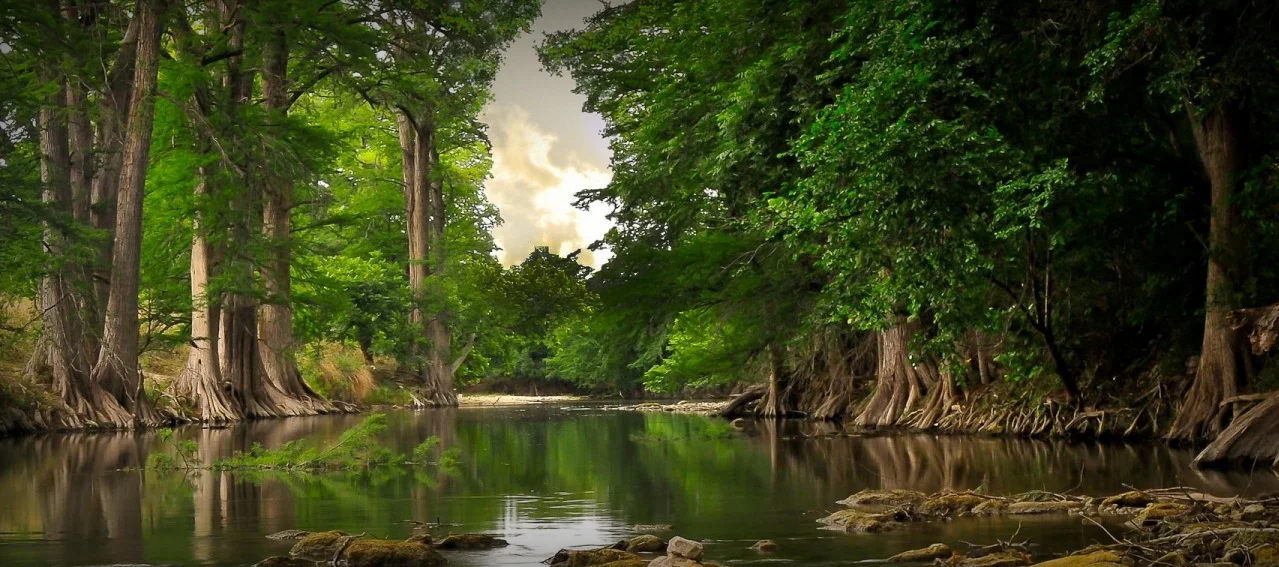What to Know About The White Spruce
/The White Spruce is one of the more visually interesting evergreens because of the almost blue color of its needles. If you were to crush its 1inch long needles you could enjoy a pleasantly potent scent that fills up the nasal cavity with the smell of nature. Its needles are known to last for up to 20 years, and its branches hang right down to the ground, so it provides great protection from the wind. You will find the White Spruce mainly in the northern United States and even into Canada. Here are some other things to know.
The White Spruce can get up to 60 feet high, and as much as 20 feet wide. It prefers the colder climate, and high temperatures can cause drying out and wilting. Other than heat, the white spruce is versatile in that it can grow in most soils and pH levels. It does prefer well-drained soil, but it can handle moisture levels that are too much for other evergreens.
It has very strong wood, which extends to a sturdy root system. The strong wood means it can handle strong winds and snow. Its toughness is perhaps why deer will avoid eating it, unless the area is barren of any other sustenance.
It is amazing how hardy this tree can be. Besides its toughness, it is very resistant to diseases unless it is under stress, for instance due to the heat. Fungal issues are rare, and even insects avoid the white spruce no matter what condition it is in.
If you were to plant a 2 foot white spruce, within 5 years it should have gotten up to about 8 feet tall. That's assuming you've put down good soil and provided enough moisture. You wouldn't want to go too heavy on any herbicides, but you will want to use them instead of mulch. When planting, if you have a single row, make sure they are about 14 feet apart. If you have two rows go as far as 16 feet, and with any more you should go 20 feet and stagger each row's position.
The white spruce is certainly a hardy and fascinating tree. Try checking them out in the wild or planting them yourself.

